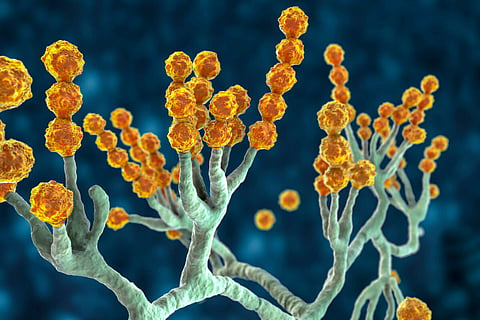

NCE Seafood Innovation launched its first industry insight report Future ingredients for Norwegian salmon feed. It addresses the gap between the ambitions stated by the government and the status of future feed ingredients towards 2030.
At the launch, Minister of Fisheries and Ocean Policy, Bjørnar Selnes Skjæran, stated why it is important to focus on sustainable feed: "To create an even more sustainable industry. It's one of the most important things we can work on. It concerns food safety. It's about taking care of the climate and the environment, and it's about job opportunities and value creation."
In the report, research institutions, industry pioneers, and a panel of sector specialists have contributed, to sum up, the accumulated knowledge and pointed at challenges that need to be resolved.
Thus, the report aims to be a composition of insight from the whole value chain, presenting barriers and possibilities for novel feed ingredients.
In addition, Managing Director, Nina Stangeland stated: "Our ambition is that this report will give industry insight in an effective format. It will contribute to the knowledge foundation in strategy processes at companies and industry stakeholders in the field.
"The gap between ambition and practice is larger than most people imagine – and the demand from the industry remains unsatisfied," Stangeland added.
The report suggests that an increased feed volume of approximately 1 million tonnes is necessary to meet the growth ambitions by 2030. Thereby, the analysis indicates that only 140 of the 1 million tonnes can by met by novel Norwegian-produced ingredients.
In other words, it is a significant "gap" between the current volume and the planned volume growth. Looking at existing value chains and improving their sustainability will therefore also be necessary.
Among the ingredients with the highest volume potentials by 2030 are blue mussels, land animal by-products, and photoautotrophic microalgae. The report suggests that on a short term, they are likely to contribute to the largest volumes of future feed ingredients.
According to the Chairman of the Board at NCE Seafood Innovation, Einar Wathne, "lack of regulatory framework, national strategy, funding, and customer acceptance are amongst the obstacles going forward. Working to overcome this, is not easy".
"There is enormous potential in improving the footprint of feed and thus of farmed salmon. It will require to challenge the present, make some bold decisions, changes, and upfront investments, collaborate in the value chain, and communicate the message to the consumer," he noticed.
To meet national ambitions for feed and salmon production towards 2030, the report identifies four critical success factors:
